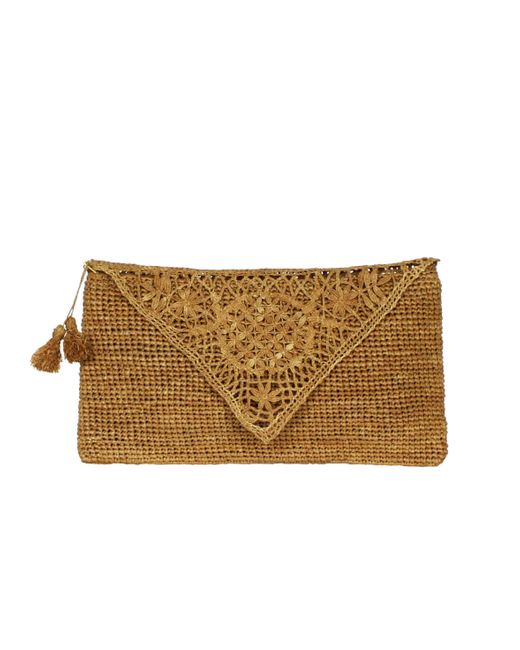

However, no changes were made during the Interwar period.įlag of Lithuania on top of Vilnius Castle Complexĭuring 1988, when the Lithuanian movement towards independence was gaining strength, the Lithuanian Supreme Soviet again recognised the tricolour as the national flag, by amending article 168 of the Constitution (Fundamental Law) of the Lithuanian SSR. Discussions of the national flag continued its opponents considered gold an inappropriate colour, since the combination of yellow, green, and red did not follow the existing rules of heraldry. Any of the debates failed to produce a historical flag. It adopted the national flag that is used today. The Council accepted the proposal, but the 1922 Constitution of Lithuania did not include any mention of the coat of arms. The flag was supposed to be a tricolour (yellow at the top, green in the middle, and red at the bottom) with Vytis in the upper left corner or in the middle. On 19 April 1918, they submitted their final protocol to the Council of Lithuania. However, the delegates decided that the matter should be settled by a special commission, composed of Basanavičius, Žmuidzinavičius, and Daugirdas. Then Tadas Daugirdas suggested adding a narrow strip of yellow (to symbolise the rising sun) in between the red (clouds lit up by the morning sun) and green (fields and forests). However, the delegates did not like the design as it was too dark and gloomy. Artist Antanas Žmuidzinavičius decorated the conference hall with small red and green flags. Two colours, green and red, were chosen based on their prevalence in folk art. ĭebates about the national flag occurred again in 1917 during the Vilnius Conference. And finally, the flag with Vytis would be too complicated and could not be easily sewn. The second issue was the choice of the colour red by revolutionaries who aligned themselves with Marxist or Communist causes. The Vytis, strongly advocated by Jonas Basanavičius, was not chosen for three reasons: the first was that as part of the drive for national identity, the Seimas wished to distance itself somewhat from the flag of the Grand Duchy of Lithuania, which also encompassed now-distinct nations such as Belarus and Ukraine. At the Great Seimas of Vilnius of 1905, this flag was favoured over the Vytis banner as the flag of the Lithuanian nation. These three colours were frequently used in folk weavings and traditional dress. It is not known who originally suggested the yellow, green, and red colours, but the idea is usually attributed to Lithuanian exiles living elsewhere in Europe or in the United States during the 19th century. The only tricolour that existed for Lithuania before the yellow, green, and red flag was a green, white, and red flag used to represent Lithuania Minor. One example that gave life to the idea of the tricolour was the French blue, white, and red flag adopted after the French Revolution. The birth of the yellow, green, and red tricolour occurred during a drive by other European republics to change their flags.

The last alteration to the current flag occurred in 2004, when the aspect ratio changed from 1:2 to 3:5.įlag used by participants of the Vilnius Conference in 1917

The flag was then re-adopted on 20 March 1989, almost a year before the re-establishment of Lithuania's independence and almost three years before the collapse of the Soviet Union. During the post-World War II Soviet occupation, from 1945 until 1989, the Soviet Lithuanian flag consisted first of a generic red Soviet flag with the name of the republic, then changed to the red flag with white and green bands at the bottom. It was adopted on 25 April 1918 during Lithuania's first period of independence (in the 20th century) from 1918 to 1940, which ceased with the occupation first by the Soviet Union, and then by Nazi Germany (1941–1944). The national flag of Lithuania ( Lithuanian: Lietuvos vėliava) consists of a horizontal tricolour of yellow, green, and red.


 0 kommentar(er)
0 kommentar(er)
